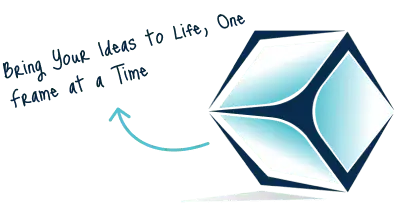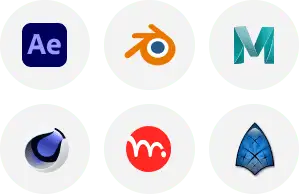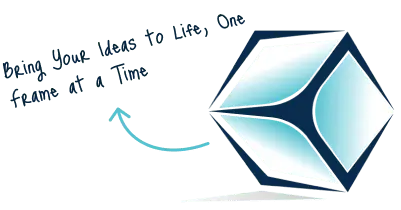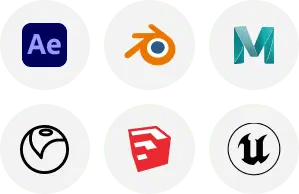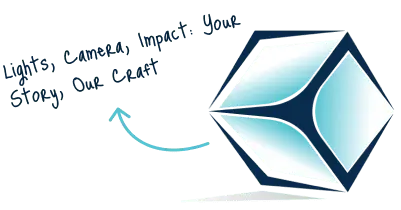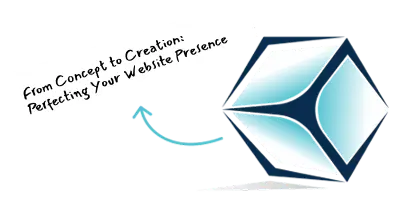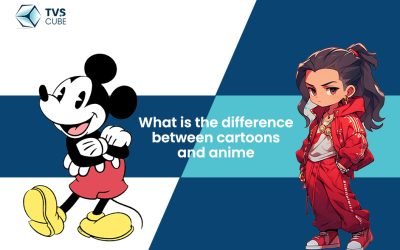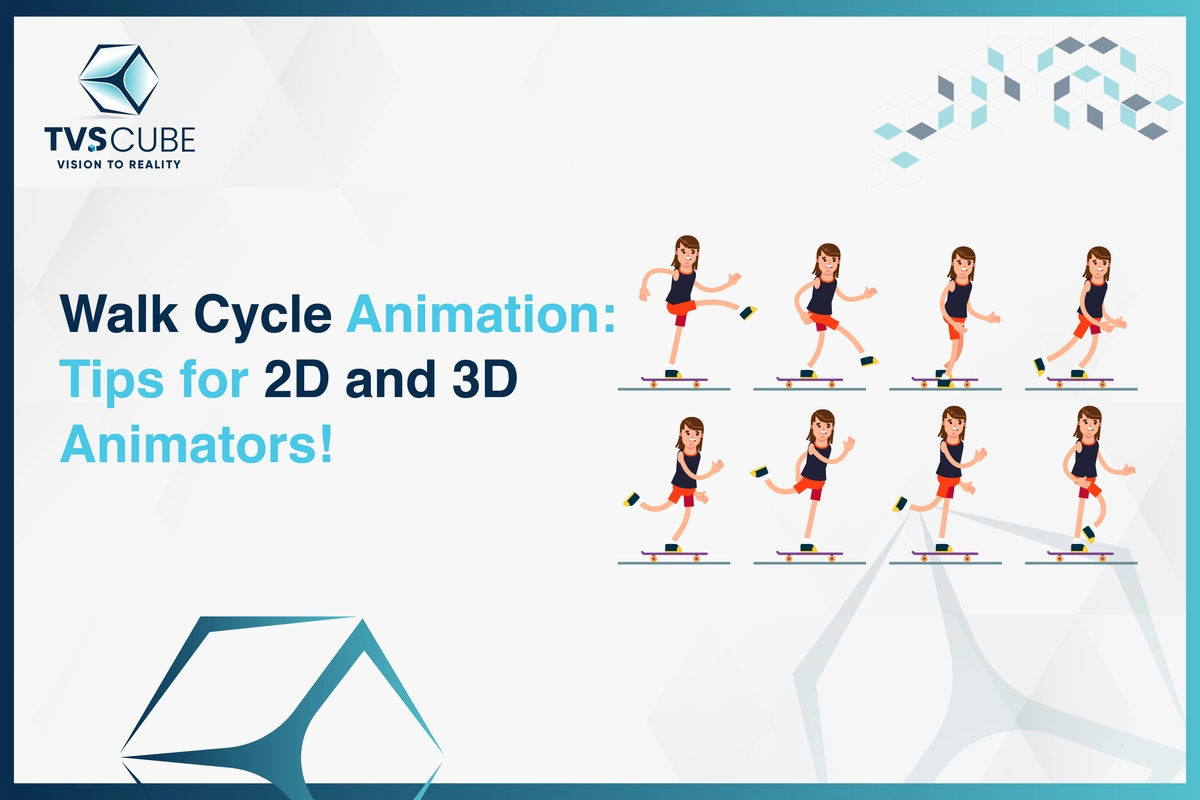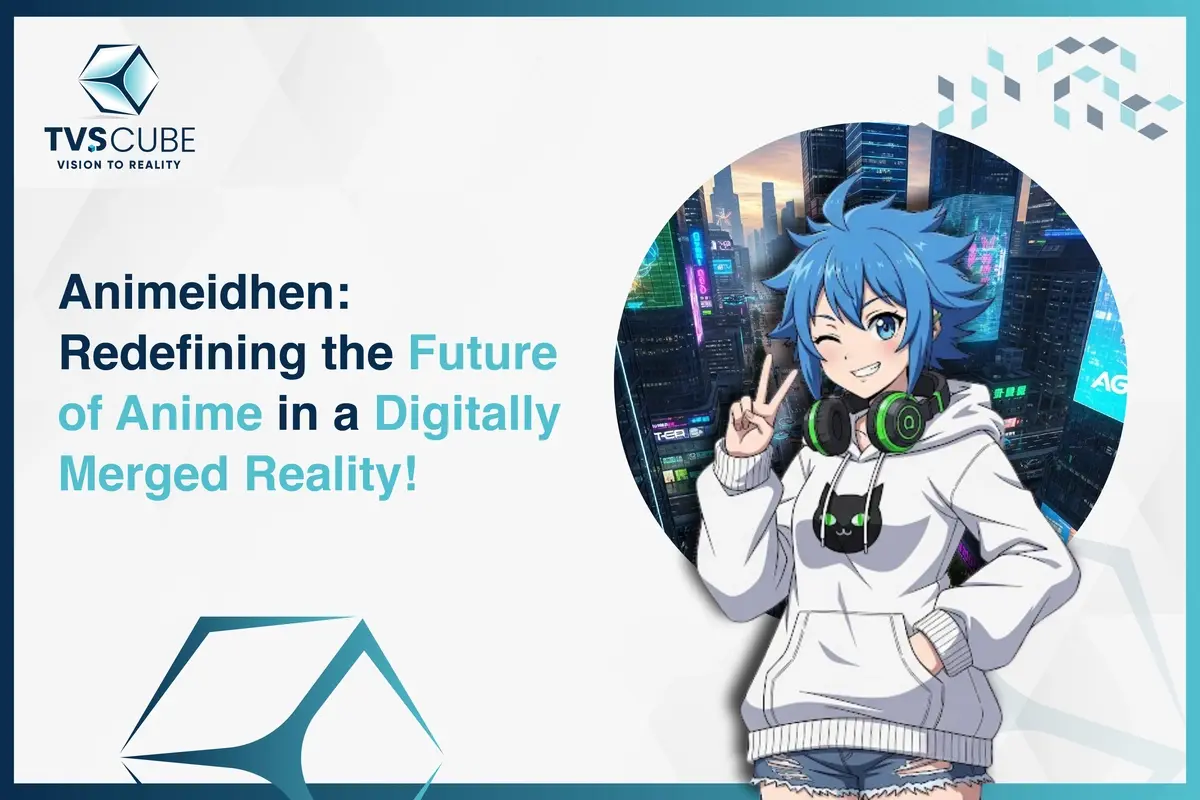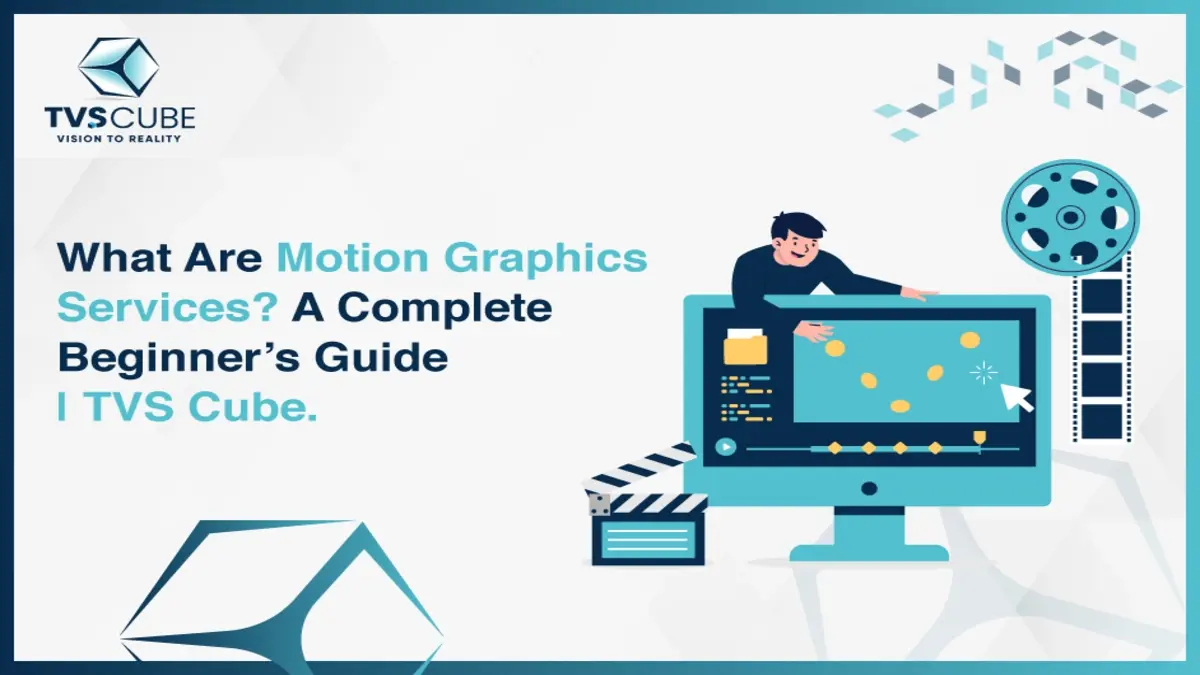Animation is one of the most influential and widely used media throughout the world that is characterized by virtually unlimited imagination and a unique possibility to tell a story. The two most popular genres are cartoon animation and anime – two completely different and unique forms that have different roots, approaches and backgrounds. While cartoon animation or drawing cartoon creative animation ideas refers to humor, which is seen in Western countries, and mere childish drawings, anime depicts Japanese talents and a variety of stories. But what really makes these two different? In this blog post, we will discuss their specific features, their aesthetics and narratives, as well as their status as cultural objects.

Visual Style and Techniques
The visual style and techniques of animation are integral to defining its uniqueness and emotional appeal. Cartoon animation and anime, while both captivating forms of animation, differ significantly in their artistic approaches, design philosophies, and production techniques. These differences stem from their cultural roots and intended audiences, making each style distinct and beloved in its way.
Cartoon Animation: A Perfect Combination of both Realism and Hyperbolization
Cartoon animation is recognized for its apparent orientation with the accent on the fun associated with its performances. Characters in cartoons generally have peculiar dimensions such as large heads, large round eyes, large noses, big ears or any part that exaggerates a comic effect. It enhances the level of expression, which makes characters easily understandable and definitely would appeal to children.
Other examples of conventional techniques of cartoon animation include the dramatic and intensive use of colors. These bright palettes form a very cheerful and energetic environment and give the viewer a desire to be involved in the cartoonish worlds illustrated on the screen. It is especially important as drawings are very sometimes presented in simple colors with few shades, and this is good for children’s understanding. Such shows as Tom and Jerry or SpongeBob SquarePants represent all those tendencies that focus on the humor and realism in each scene.
Anime: Jealousy and Complex Particularities
Anime doesn’t have to compete with cartoon animation. The intricacies in details and the ability to elicit emotion through artwork sets anime apart. Close to manga, anime reflects genuine lifestyles even when depicting sci-fi and other types of stories that originate from Japanese tradition. Many characters have well-defined body proportions, big, revealing eyes, and carefully designed hair, indicating a pronounced aesthetic and personality. Undeniably, TVS Cube also shapes such detailed outlines of characters that make them emotional representations of the natural feelings of people.
Titling in anime cartoons is usually perfectly traced and has a very detailed background, reflecting an amazing land, city or complex interior. These elements build Pali’s live and lively environments that make a viewer an actual participant in the story. Employing shadows, light spots, and transitional changes affords another layer of reality into the art, which is compared to real-life movies. Shows such as Your Name and Attack on Titan work to establish the audiences within their complex worlds.

Technique of Motion and Animation
Cartoon animation commonly uses over-acting and over-exaggeration of movement and actions in order to inform the comedy’s timing and proposed physical gags. Such things as characters stretching, squashing, or even kicking the bucket are usually illustrated, making the events considered ridiculous. This principle, also referred to as the “squash and stretch” technique, was an important part of the animation process in the tradition of the West, making characters more flexible and alive. Cartoons like the Looney Tunes utilize these large, grandiose movements to produce fantastic comic effects to produce memorable scenes.
On the other hand, anime can be characterized by less emphasis on stiffness and more on smooth movement. Though there are often complex movements in action sequences, ordinary episodes deal with genuine postures and faces. This balance enables anime to show quite a versatile scale of emotions – from battle scenes to contemplation. One example is Limited animation, in which a number of frames are employed to highlight the ain movements in a scene. While this approach provides a powerful dramatic framing, it also opens up possibilities to pay more attention to detailed work per scene in particular shots.
Storytelling Through Visuals
Cartoon animation uses visual appeal as secondary and primary for comic, serial and light-hearted animation styles. Less complexity of the pictures facilitates the comprehension of the stories, as a result, it becomes easy to identify more content suitable for children. The most important part of the storytelling relies on still images and objects, visual jokes, and the excesses of grotesque for slapstick purposes.
Anime, on the other hand, employs its graphics to enhance the plot in multifaceted ways and foster emotional engagement. The character details and backgrounds are extremely elaborate most of the time, and the finer details are associated with the issues and moods of the story. For example, color and light in Studio Ghibli movies work to describe the mood or to set a particular tone, contributing significantly to visual allegory. This complex visual language system helps anime engage viewers of any age, including mature audiences and addresses various topics, from love stories to philosophy.
Culture of Visual Style
There are profound cultural references that help explain why there is a major difference between cartoon animations and anime in terms of their visuals. Cartoon animation, as a rule, depicts the same values and the sense of humor of the West and is oriented on individualism, travel, and jokes. Such cartoon creative animation ideas are in harmony with these pictures and their exaggeration coincides with what seems amusing to the Western type of aesthetics.
Blending traditional art and motion, anime owes a debt to manga techniques, woodblock prints and theater via the kabuki. This influence can be further observed in terms of detail, the use of dynamism, and the profound they are thematically. The art of creating anime features some semblance of Japanese euphony, like simplicity, departing symmetry, and balance of nature and technology.
View Our Cartoon Animation Related Blog: Top 7 Cartoon Creative Animation Ideas to Try in 2025
Storytelling and Themes
- Cartoon Animation: Episodic Simplicity
Cartoon animation is a form of television animation which is comprised of short-burst episodes, and therefore is easily understandable. Every episode features a different situation, then various comic clashes and eventually a solution. Due to this setup, it targets a wide audience, especially children, because it is simple to understand and engage with the contents without an era of prior experience. This idea is the best penetration by steady shows like Looney Tunes and Tom & Jerry. These animation shows present entertainment through visual images, flat comedy and situations that are familiar to everyone.
- Cartoon Themes: Humor and Morality
Cartoons, being a popular theme, focus on comedies, moral issues and elements of fun messages. These stories are based on such concepts of friendship, teamwork and working hard, which Programmes young children can easily relate to. Most cartoons are meant to impart fountains of moral lessons where characters learn life lessons through games. For instance, in shows like SpongeBob SquarePants, one can find funny scenes in opening yet educational topics like the importance of being nice to others. At the same time, The Flintstones incorporates prehistoric comedy with timely family relations, which are also quite entertaining and easy to recall.
- Anime: Interconnected and Long-form Narratives
Anime, on the other hand, is unique in that they have episodic patterns in its storytelling with the stories being told over several episodes or seasons. This structure makes the show develop with the characters, complicated plots and themes being given the much-needed room. It is not uncommon for multiple arcs to exist, with the full extent of connections and tensions slowly unfolding throughout a piece. Cartoon animation series enjoy the best examples of this style, like Attack on Titan and Naruto, which offer the audience interesting worlds and emotional plots that will make them stick to anime endlessly.

- Anime Themes: Emotional and Philosophical Views
Anime as a genre depicts a wide row of subjects that include love and friendship, as well as deeper questions and problems of society. Unlike cartoons, anime is often for mature people and discusses significant issues such as the idea of personification, good and evil, and existence. For it, such shows as Death Note are oriented on the exploration of ethical dilemmas. Still, the films produced by Studio Ghibli reveal the elements of fantasy alongside environmental and cultural messages for young and adult viewers.
- How Culture Affects Storytelling
The cultural background of cartoon animation and anime also influences their writing pattern to a greater extent. These aspects of humor and adventuresomeness, along with a depiction of individualism in cartoon animation, are a portrayed reflection of Western sentiment. On the other hand, anime has roots in Japanese culture, things like balance, people and fortitude. This cultural diversity makes good this characterization as it enriches both mediums and, at the same time gives them an international outlook without erasing their respective identities.
- Emerging Endeavours and Role Enlargement
Cartoons and anime have changed and adapted as the subject matter became darker to appeal to anyone and everyone. Contemporary Cartoon animation like Adventure Time has themes of identity and mental illness, and animal cartoon do not cease to amaze through new types of series, like isekai – Another World. This evolution increases the flexibility of both media and maintains for them the youth and the audiences of older ages around the globe.

Cultural Influence and Audience
Cartoon Animation: Western Ideals and Humor
Styles, as well as concepts shown in cartoons, are clearly influenced by the Western environment with a focus on personality, jokes, and ideas. Most of the time, themes are concerned with the freedom, discovery, and wandering peculiar to the spirit of the West. Slapstick and satire especially become an integral part; humor does attract different groups of people. The aforementioned cartoon animation, such as The Simpsons and Looney Tunes, are good examples where the shows are entertaining while at the same time portraying the cultural values of our everyday society.
Anime: Rooted in Japanese Tradition
Anime is a creation of the Japanese population, which reflects the most significant features of Oriental culture and contemporary perception of it. Many of its topics explore such concepts as togetherness, tenacity and concord with the natural environment and, in so doing, mirror the country’s cultural and aesthetic traditions. We can find elements of Shinto beliefs in anime, ukiyo-e art, and manga impressed with anime’s looks and tales. Pupils also like such movie titles as My Neighbor Totoro and Naruto, and all these components reflect the richness of Japanese culture in modern media products.
Cartoon Animation: Targeting Universal Audiences
Cartoon animation are created in most cases with regard to a wide audience, even if the main target group is young people. Due to their straightforward plot and vivid color schemes, they are easy to recognize by people of different nationalities and ages. But still, most cartoon animations contain certain specific jokes and references that will be appealing only to adults, which means that cartoon animation targets two groups at once. SpongeBob SquarePants and Phineas and Ferb are examples of these series, which make reforms to ensure they stay culturally significant crossover shows for the people of the world.
Anime: Different People and World Span
Anime is for all age groups, individuals of all ages and sexes, and those interested in animations, and preferences are given to the car DivBC. Target audiences include those of shonen, shojo, and seinen, so nothing is missing, and each is covered. This is together with the fact that anime comes with different diversity in its telling of the story and the manner in which it is drawn which has made it popular across the world. Since this anime can cross over into other cultures, examples are series like Dragon Ball Z and Attack on Titan.
Cartoons: Humor as a Cultural Bridge
Cartoon animation is closely connected with humor, which expresses the necessity and becomes the link between different languages and cultures. Slapstick humor and over-emotions, plus caricature or mimicry, guarantee that cartoon animations are easily recognizable by anyone. Animated television series such as Tom and Jerry do not mostly incorporate dialogue making them relevant for any region and time. This makes consistent international appeal in cartoon animation possible to achieve while still keeping its cultural relevance.
Anime: Cultural Authenticity and Appeal
The strength of anime continues to be its genuine cultural representational and the fact that despite it spreading around the world, it does not shy away from its origins. Appealing to the global audience, anime uses specifically Japanese motifs, depicting tradition and festivals, folklore and even social rules. This is important to the audience looking for content with such qualities as diversity and realism. For instance, Spirited Away incorporates the idea of the tale for all ages, with the distinctive part of Japanese culture appealing to global interest without sacrificing its identity.
The Evolving Global Influence
It’s noteworthy that now cartoons and anime affect each other more, and the difference between the styles is often mixed with cultural signs. In Western shows like Avatar: In The Last Airbender, anime elements are used, and Japanese animators draw ideas that they see in American films. This cross-cultural flow enriches both the mediums and helps to sustain their vitality and relevance in a world that becomes more globalized with stories that have no limits.

Wind Up
In conclusion, while anime vs cartoon share common roots in animation, they differ in storytelling, visual style, cultural influences, and target audiences. Cartoons often emphasize humor, simplicity, and universal appeal, while TVS Cube explores deeper themes of Anime with intricate narratives and cultural richness. Both mediums offer unique experiences and contribute significantly to global entertainment, and understanding these differences allows viewers to appreciate the diverse storytelling possibilities each one brings.






